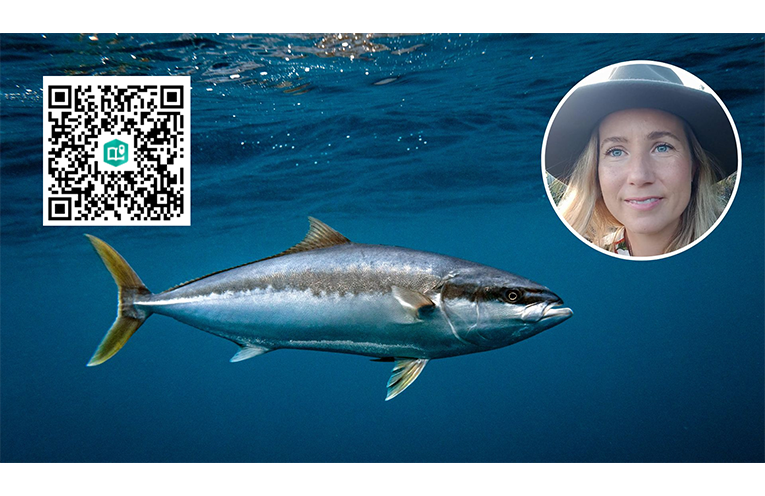
COASTAL anglers are being asked to help find a solution to the spread of “mushy fish”.
Charles Sturt University (CSU) researcher and Lecturer in Ecology Dr Jessica Tout-Lyon, is leading a project based in Port Macquarie aimed at tracking the spread of the parasite behind the flesh-altering condition.
 Advertise with News of The Area today.
Advertise with News of The Area today.It’s worth it for your business.
Message us.
Phone us – (02) 4981 8882.
Email us – media@newsofthearea.com.au
“Imagine tucking into a freshly caught Yellowtail Kingfish (Seriola lalandi), which is highly prized for sashimi and sushi, only for it to crumble and have the texture of wet newspaper,” Dr Tout-Lyon said just before the Christmas/New Year seafood rush.
“This issue has been close to my heart for more than fifteen years and last year was by far the worst year I’ve experienced, with [an] abundance of mushy fish caught along the Mid North Coast.”
The parasite is believed to be moving south from Queensland, with the spread linked to the effects of Climate Change.
It is almost impossible to detect until the cooking process causes the fish to virtually liquify.
Dr Tout-Lyon, who is with the School of Agricultural, Environment and Veterinary Sciences in Port Macquarie and the Gulbali Research Institute of Agriculture, Water and Environment, said it is not known if the microscopic parasite affects human health.
“The parasite releases an enzyme resulting in tissue disintegration leading to the familiar mushy flesh and rendering the fish unpalatable,” she said.
“This results in a lower market value for commercial fishers, wasted effort for recreational anglers, an unpalatable dinner for consumers, and a wasted product overall.”
Mahi mahi are also known to suffer from mushy flesh but unlike kingfish, this species can turn to jelly in the esky.
Many anglers throughout NSW waters have also reported other species of fish with similar issues.
Dr Tout-Lyon would like fishers anywhere in Australia or New Zealand to report any affected catches through the research project’s website.
Digital readers can click the link to complete the survey, while print readers can use a mobile phone to scan the QR code in the adjacent photo to be directed to the project page.
No download or login is required.
“To improve our understanding of the spread of the mushy fish issue in Australia, we seek the help of anglers ─ line fishers, spearfishers, First Nations cultural fishers, commercial or recreational fishers ─ to log their mushy fish catches.”
The research team has already conducted preliminary investigations in waters along the Mid North Coast and in Sydney Harbour, with anglers donating both fish tissue and water samples.
Results from this preliminary study are promising as they have validated the molecular tools being used to identify the parasite, and have also shown it can be present in fish that don’t turn mushy.
“This points to a more complex issue and interaction than we originally thought, and I’ll be relying on the continued efforts of the passionate kingfish fishing community Australia-wide to help unravel the mushy fish mystery.”
If anglers would like to contribute fish tissue or water samples to the project, they can reach Dr Tout-Lyon by emailing jetout@csu.edu.au.
By Sue STEPHENSON
